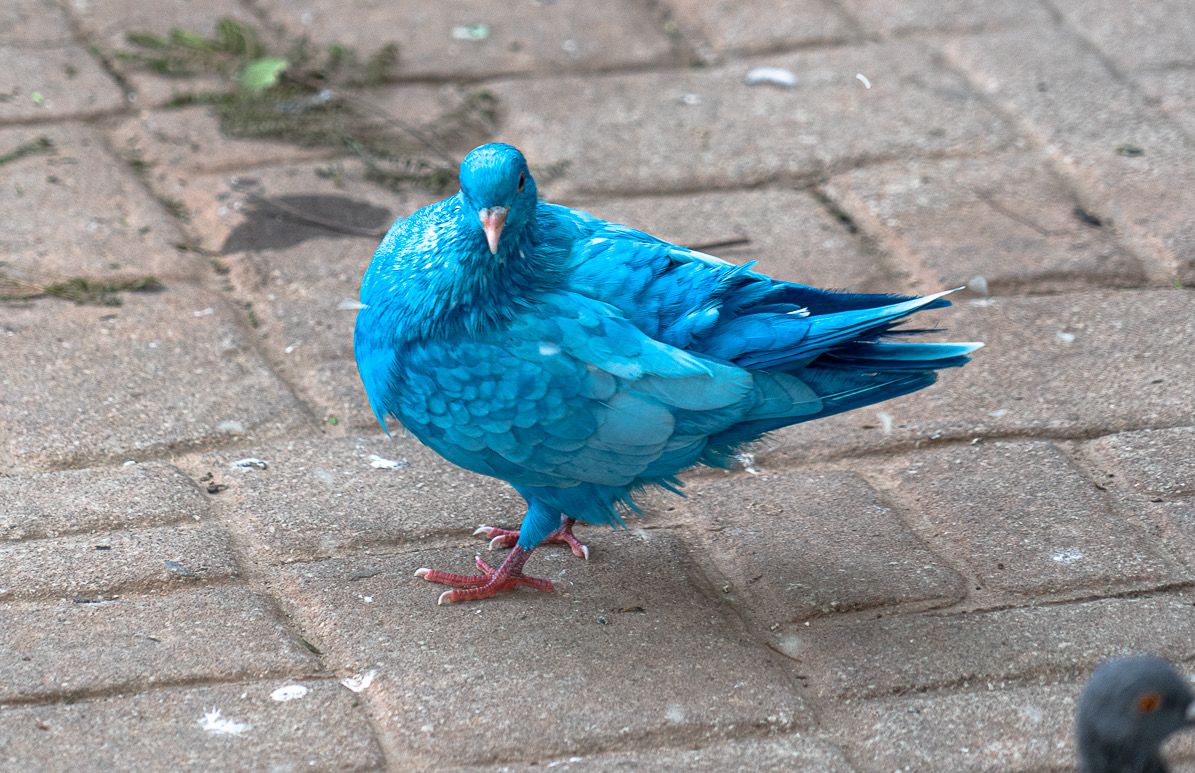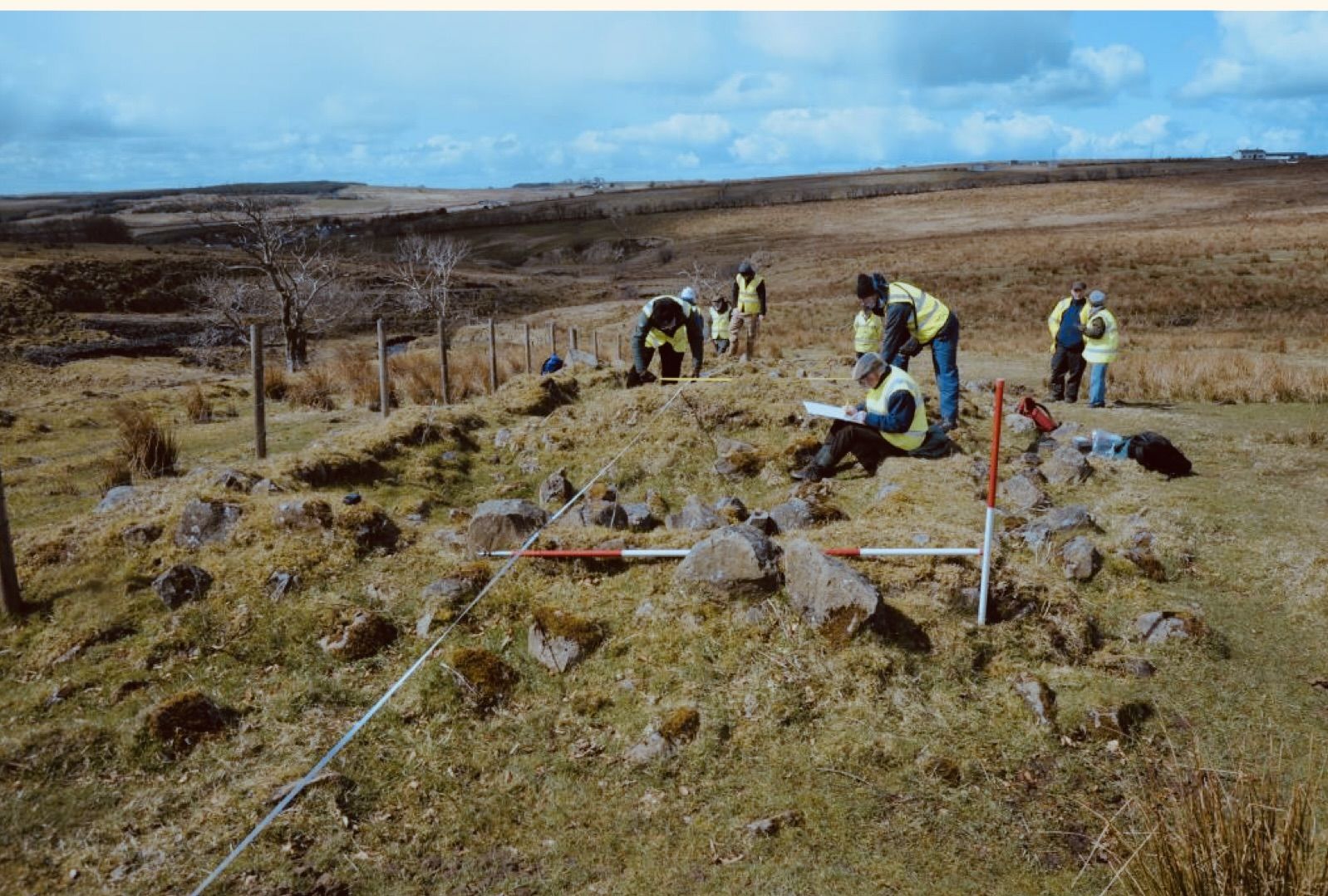IT’S a Halloween horror so terrifying that it is still spoken about today, centuries later. And this week, as the clocks went back and the season of ghouls and ghosts came upon us, Dúlra found himself on an isolated and windswept Black Mountain where a terrible crime had once been committed on an innocent family.
There’s little sign of the homestead today, just a few boulders nestled in the boggy hillside. But it had been a substantial building with three rooms, rented by a family called Cole from the landowner, Lord Donegall.
There weren’t many other homes in the area at the time – the house was in the dip of land at the far side where now stands the giant UTV aerial on Black Mountain. Dúlra and his mates used to walk these vast stretches of open land years ago, our motley crew of street dogs chasing the odd hare. We’d stumble across the rocks of the old house here without giving them a second thought. Perhaps it’s a good thing we never knew the story of the old dwelling...
In 1753 a drover called Richard Cole lived there, the story goes. Drovers move animals around, so his house was the perfect location, with the bare hillside from Divis to Hannahstown providing a vast range for grazing cattle.
But on Valentine’s night, a great tragedy was to befall the family. The house was set on fire during the night, and inside were found three bodies – those of Richard, his young daughter and another woman who had been visiting. It later emerged that they had not died in the fire, instead they had been brutally murdered with a series of violent blows from a hatchet or axe.
It was as horrific and sensational back then as it would be today. The newspapers reported the murders and the hunt for the killer or killers in detail. The most popular theory was that it had been a late-night robber gone wrong. Richard’s son William put up a reward of twenty guineas. But whoever was responsible was never caught.
The shocking hatchet murders have reverberated down through the centuries. The Hatchet Field above Ballymurphy gets its macabre name from the crime. The fact that, somehow, it remains shaped like a hatchet ensures the name and folk memory of the tragedy survives.
The first family whose names are recorded as living there were the Reavys, 100 years after the murders. A few trees were planted here by the families who went on to eke out a living on this lonely hilltop – a couple of gnarled beech and ash still line the wee river here. There were even attempts to grow crops – incredibly, the deep furrows where potatoes were sown can still be seen today right beside the house and people drinking coffees in the Divis cafe can clearly see them.
The Great Famine, which came a century after the murders, was probably the last time crops were grown there, and soon after the house was abandoned.
Dúlra certainly felt a chill this week as he stood among the boulders of the old Cole/Reavy house. And it wasn’t just the autumnal northern breeze rolling off the summit of Divis. Our countryside holds many secrets and some are perhaps best left to be swallowed up by the mountain, along with the boulders and rocks.
•Reader Fionntán Adams was holidaying in Torrevieja in southern Spain recently when he spotted something that stopped him in his tracks – a blue pigeon!

Dúlra has no idea what this is all about – is it genetic or is it because of dye in food it has eaten? Sorry, Fionntán. But maybe some other reader can shed some (blue) light on this little mystery?
If you’ve seen or photographed anything interesting, or have any nature questions, you can text Dúlra on 07801 414804.






